Federal Reserve moves with eye toward recovery
Latest stimulus aimed primarily at ailing housing market

WASHINGTON – The Federal Reserve took its strongest step to date to try to bolster the sluggish U.S. job market, launching a new stimulus program Thursday aimed at firing up one of the economy’s long-idled engines: the housing market.
The central bank said it would immediately start buying billions of dollars of mortgage-backed securities – essentially bonds that are made up of a bunch of home loans, packaged and then sold to investors.
And in an unexpected move, the Fed left the program open-ended and said it was prepared to do even more “if the outlook for the labor market does not improve substantially.”
The Fed’s hope is that heavy intervention in the real estate market would push already-historically low mortgage rates down even more and for a longer period of time, spurring refinancing activity and home sales.
Although many analysts doubt this new round of bond buying will have a big effect on the economy – even Fed Chairman Ben Bernanke repeatedly cautioned against expecting too much – the central bank’s statement sent stocks soaring to fresh multiyear highs. The Dow Jones industrial average and the Standard & Poor’s 500 index reached their highest levels since December 2007, and the tech-laden Nasdaq composite index saw its highest close since November 2000.
The Fed also extended its pledge to keep short-term interest rates near zero through the middle of 2015, another effort to entice businesses to step up hiring.
Here are some questions and answers about the Fed’s announcement:
Q. Why did the Fed take these steps?
A. Bernanke wants to speed up growth and spur more hiring. At a news conference Thursday, Bernanke noted that 5 million Americans have been out of work for 6 months or longer. Long-term unemployment can erode skills and make it harder to find new jobs. The economy also faces ongoing challenges, Bernanke said, including Europe’s financial crisis and stagnant economy, which has reduced U.S. exports, and spending cuts by federal, state and local governments.
Q. The Fed has tried to stimulate the economy before. What’s different about the latest effort?
A. Since the 2008 financial crisis, the Fed has purchased more than $2 trillion in Treasury bonds and mortgage-backed securities. The bond purchases are known as “quantitative easing.”
What’s different this time is the Fed purchases are open-ended: The Fed has not set a limit for the number of bonds it will buy, nor has it said how long it will keep buying the bonds. The Fed has simply said it will keep purchasing mortgage-backed securities until the job market improves “substantially.” It will start at a pace of $40 billion a month.
If the job market doesn’t improve, the Fed said it would step up its purchases. It also said it would keep interest rates ultra-low “for a considerable time after the economic recovery strengthens.”
Q. Why has the Fed kept the commitment open-ended?
A. The Fed is signaling that it will keep stimulating the economy – even after it shows improvement. The goal is to make financial markets and businesses more confident that the recovery will endure.
Some economists say the Fed’s past efforts ended too quickly and gave the economy only a temporary boost. And the Fed’s plan to keep short-term interest rates near zero was always contingent on growth staying weak. That may have sent the message that the Fed expected the economy to stay sluggish, which discouraged businesses and consumers from spending more, according to James Marple, an economist at TD Bank.
Q. How will the mortgage bond-buying program work?
A. The Federal Reserve Bank of New York will purchase the bonds from large Wall Street banks known as “primary dealers.” There are more than 20 primary dealers, including JPMorgan Chase, Goldman Sachs and Morgan Stanley. The New York Fed said it will begin purchasing the securities today and will buy a total of $23 billion this month.
Q. Will it help the economy?
A. Most economists say the benefits will be small. Mortgage rates are already near record lows and that has helped lift home sales. Still, sales remain below healthy levels, in part because many people can’t qualify for a loan or save enough money for larger down payments required by banks.
Ryan Sweet, an economist at Moody’s Analytics, said the additional bond-buying could add a few tenths of a percentage point to economic growth. But Paul Edelstein, an economist at IHS Global Insight, said the impact of lower mortgage rates on growth and unemployment will “probably be imperceptible.”
Bernanke said the previous bond purchases created up to 2 million jobs. But he acknowledged at Thursday’s news conference that Fed policy “is not a panacea” and won’t solve all the economy’s problems. The Fed predicts growth won’t exceed 2 percent this year, although it forecasts that growth will pick up next year to as much as 3 percent.